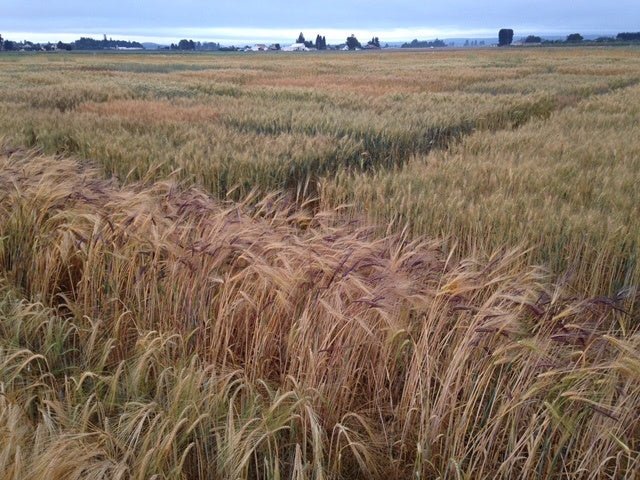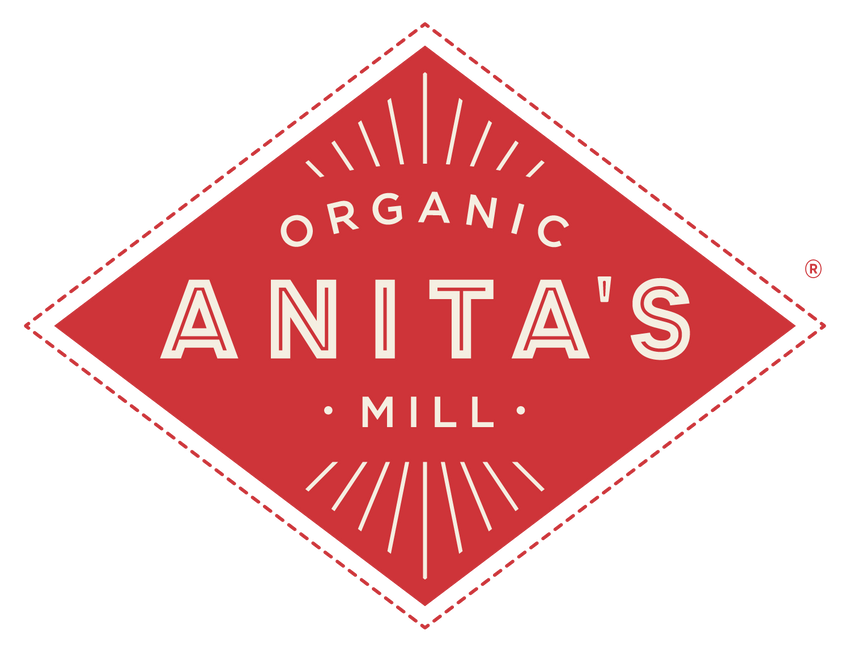
Sustainability Spotlight: The Bread Lab
When most of us think of wheat country, we imagine the nation’s heartland – broad, flat, and covered in swaying grass as far as the eye can see. Not in Washington State’s Skagit Valley. Here, wheat grows in rotation with vegetable crops like cabbage and potatoes, the air carries a hint of brine, and the view sweeps up into evergreen foothills flanked by toothy North Cascade peaks. If the visual offers any cues, these are not your average wheat lands.
n
Tags:
When most of us think of wheat country, we imagine the nation’s heartland – broad, flat, and covered in swaying grass as far as the eye can see. Not in Washington State’s Skagit Valley. Here, wheat grows in rotation with vegetable crops like cabbage and potatoes, the air carries a hint of brine, and the view sweeps up into evergreen foothills flanked by toothy North Cascade peaks. If the visual offers any cues, these are not your average wheat lands. Sitting a stone’s throw from the Puget Sound, a Washington State University outpost known as the Bread Lab is also not your average agricultural research facility. Though it resides hundreds of miles from the closest large-acreage wheat farm, The Bread Lab is the nation’s undisputed hub of small grain breeding and market development, and its story is a hopeful one for eaters everywhere.
Building a Farm-Based Food System
Steve Jones, the Bread Lab’s founder and one of the world’s preeminent wheat breeders, started his tenure at WSU on the east side of the state, surrounded by 2 million acres of commodity wheat, breeding varieties appropriate for large-scale farming and bread-making systems. This intimacy with commodity farming didn’t suit his sensibilities toward organic farming, nutrition, and flavor, so Jones left. He took a job at an WSU outpost in the Skagit Valley, where wheat was an afterthought, used as a cheap way to condition the soil rather than a primary crop. Jones didn’t let that stop him. He saw the diversification of Skagit Valley farms as an opportunity to increase the sustainability of the region’s agriculture-based economy. Since wheat was the least-refined crop in their lineup, why not use his expertise to develop varieties that could produce higher yields in the Valley’s maritime climate? The wheat he would create for these farmers, however, would not appeal to the commodity market. Jones realized from the start that in order for this endeavor to succeed, he would have to find (or create) another group of buyers, one willing to pay a premium price. Such is the farmer-centric quality of Jones’ vision. “Our philosophy is that wheat has to work for the farmer: something with low input, that they won’t have to fertilize, and something that they won’t have to spray with pesticides, whether they’re organic or not. I work in a big lab with five PhD students. But we’re not doing genetic engineering. We’re doing the 1800s stuff,” Jones explained in a 2015 interview. By “1800s stuff,” he means traditional plant breeding: selecting for disease resistance and yield as well as flavor and nutrition. By championing farmers above the crop or its future consumers, Jones hoped to create a level of sustainability that would keep this experiment going long enough to initiate a paradigm shift. Farmers are the foundation of the food system; if they can’t afford to grow something, they won’t, no matter how wonderful it may be.Breeding for Bread
In order to evaluate promising wheat strains, Jones realized he would have to think like a baker as well as a plant breeder. Within a year of his relocation to the Skagit Valley, Jones reached out to Seattle baker George De Pasquale, who tested Jones’ most promising varieties. He found many of them not powerful enough to make a lofty bread loaf, but one stood out for its unusually complex flavor and dough strength, sparking a new sense of possibility in both men. Soon after, Jones set out to create his own test bakery right next door to the plant lab, including equipment to test flour characteristics like starch and gluten, various kinds of milling equipment for turning their test grains into flour, and a fully stocked bakery with commercial mixers and a deck oven. With the bakery, Jones also brought in a full-time professional baker, Jonathan Bethony, to figure out what all these experimental wheat varieties might be good for. Not all wheat is created equally. Some varieties work better for pastries or pizza, others for boules or baguettes. Some are complete duds, others are full of nuanced flavor but have no strength at all, making them a candidate for pasta or crackers, or nothing. In that case, Jones takes it back to the test fields to see if he can preserve its flavor while fortifying traits that might make it more useful. This exchange between breeder and baker is a fluid, often unpredictable, but ultimately exciting process, one that quickly expanded beyond Jones and Bethony. Starting in 2009, Jones began inviting other interested parties (farmers, bakers, millers, maltsters and brewers) to join the conversation and share ideas at an annual meeting called the Grain Gathering. In its first few years, this collaborative event injected new momentum into Jones’ work - spawning partnerships with several national and regional mills & flour distributors, high-profile bakers and chefs, and the likes of Bill Gates - that shows no signs of slowing down. It remains an international gathering of the craft-grain industry's most innovative players. Such alliances not only raise awareness about the possibilities of wheat breeding, they offer Jones and his team a valuable sounding board with which to evaluate the robustness of their breeding program and their vision of a regional grain system revival.New Wave Grains
Although we love to romanticize heirloom plants for the way they connect us to a past that seems somehow more authentic, they are often not the way forward for sustainable food systems. Heirlooms as a whole tend to have smaller yields and are often more difficult to grow, making them an expensive option for consumers. Jones and the Bread Lab are sticklers to the idea that sustainability cannot be expensive or elitist. It’s even in their mission statement. A recent collaboration with Chipotle is probably the best example of how the Bread Lab stands to help the masses eat better wheat. Three years ago, Chipotle’s founder and CEO, Steve Ells, contacted the Bread Lab to talk about making a healthier tortilla. The outlying product in their quest to become GMO and additive free, Ells wondered if the solution could be as simple as a new strain of wheat. One of Jones’ PhD students, Bethany Econopouly, set to work identifying strains that would fit Chipotle’s needs, while Jonathan Bethony tested recipes in the bakery, developing a couple of whole-wheat tortilla recipes that Chipotle took back to their production facilities. After refining their new tortilla recipe and testing it at regional locations, Chipotle went national with it earlier this year, making them the first U.S. restaurant to be one hundred percent additive-free. Ells credits Jones and his team for paving the way. What the Bread Lab envisions isn’t developing new wheat varieties and distribution channels for the whole world. By modeling how it’s done, they want to empower the world to make its own innovations—one company or one region at a time.Would you like to be the first to hear about our new products and more? Sign up for our Nature’s Path Newsletter.








